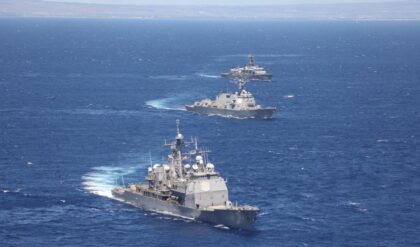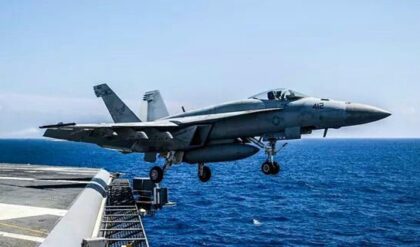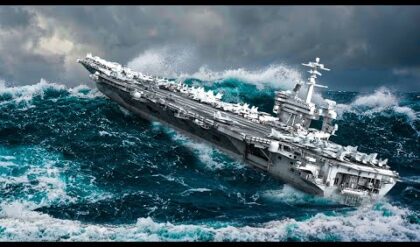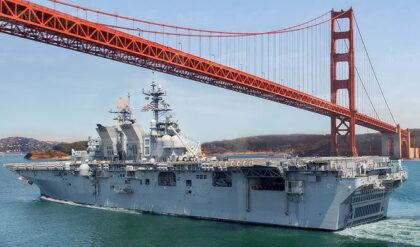Demir explained that the L-UMTAS anti-tank missile, developed by Roketsan, could hit invisible targets [beyond-visual-range or BVR] of 16 km.
 Photo credit: Roketsan
Photo credit: Roketsan
At the moment, such missiles developed by Roketsan had a BVR of 8 km, and doubling the range, according to Demir, will bring many advantages depending on the platform used.
Given that it is possible to hit targets without falling within the scope of portable and self-propelled low-altitude air defense systems, which is one of the main threats to helicopters today, it can be considered that helicopters will be one of the platforms that will benefit most from this update.
The T-129 ATAK attack helicopters and the S-70B Seahawk helicopters are among helicopters in the Turkish Air Force that can use the L-UMTAS missile.
In addition to aircraft, L-UMTAS will also be able to hit targets from safer distances for land and sea platforms that can use it.
The UMTAS, L-UMTAS, Cirit, and SUNGUR missiles will be able to be used on land and sea platforms through the Roketsan YALMAN / KMC weapon system.
 Photo credit: Roketsan
Photo credit: Roketsan
KAPLAN STA, which tested YALMAN / KMC in January 2022 and will soon enter inventory with its integrated weapons system, and ULAQ Armed Unmanned Naval Vehicle, which was tested with the same weapon system and began mass production in May 2021. are the first land vehicles to benefit from the update.
L-UMTAS
L-UMTAS is a precision-guided anti-tank missile system developed by ROKETSAN for use by attack helicopters.
The laser-guided capability and armor-piercing tandem warhead make the L-UMTAS missile an effective weapon system against fixed and moving targets. The missile can be locked to the target before or after a shot.
 Photo credit: Roketsan
Photo credit: Roketsan
L-UMTAS can be used effectively at night and during the day. It has an integrated delay mode and can be used against both mobile and stationary targets.
The rocket is powered by a liquid fuel engine. Its diameter is 160 mm, 1.8 meters long, and weighs just over 37 kg. It has a laser sight for guidance, tandem, or thermobaric warhead.





